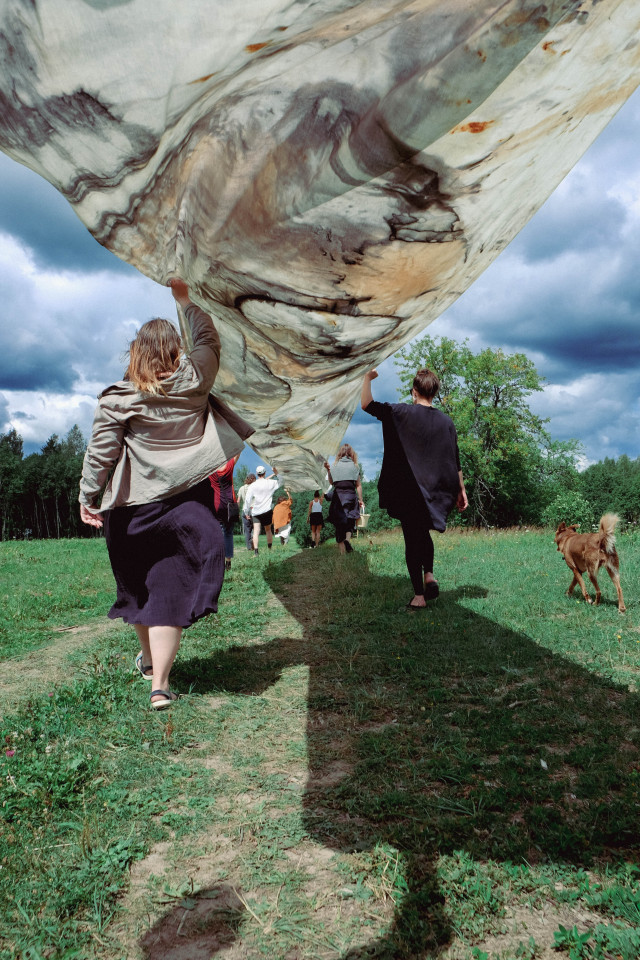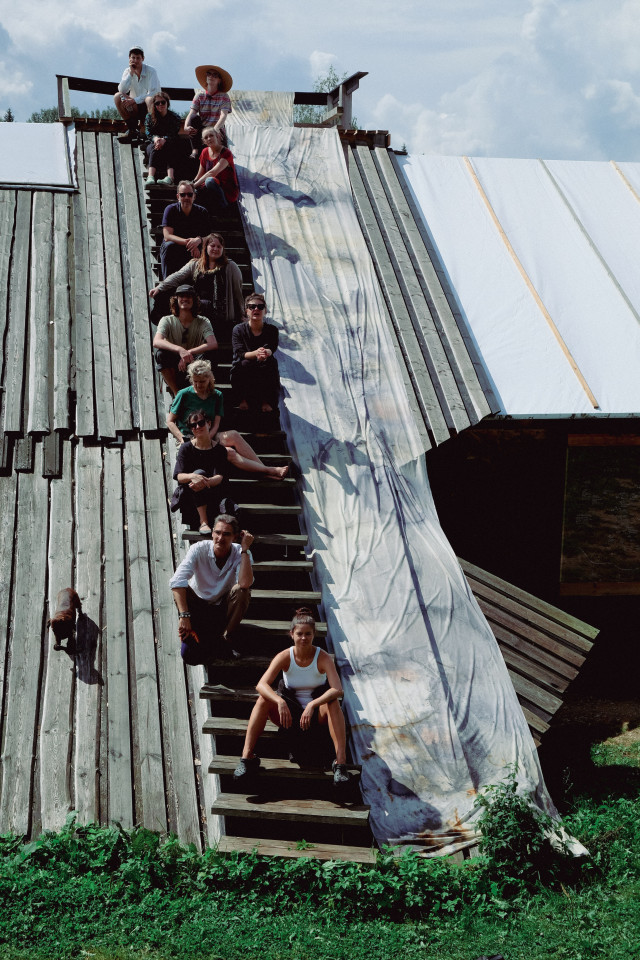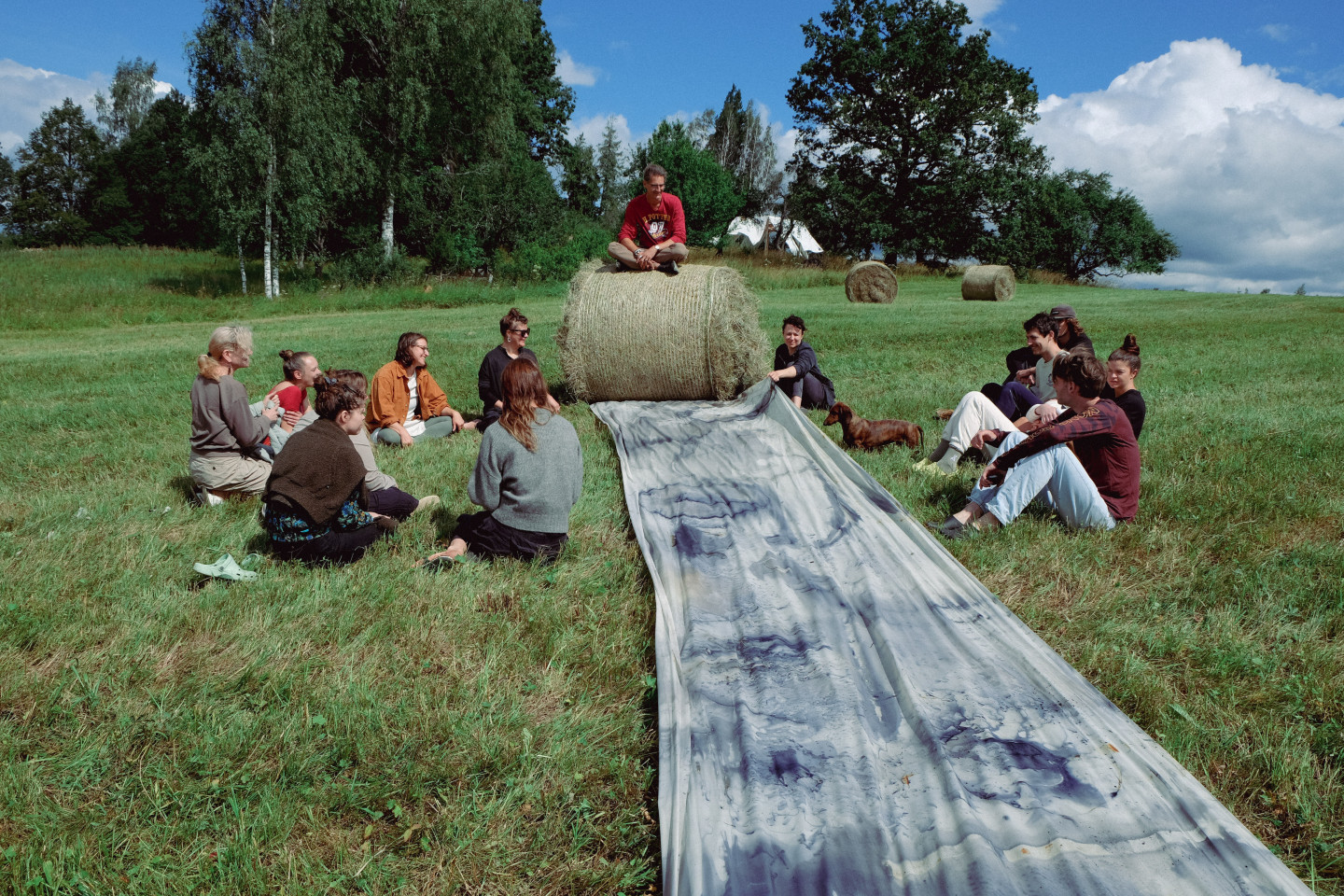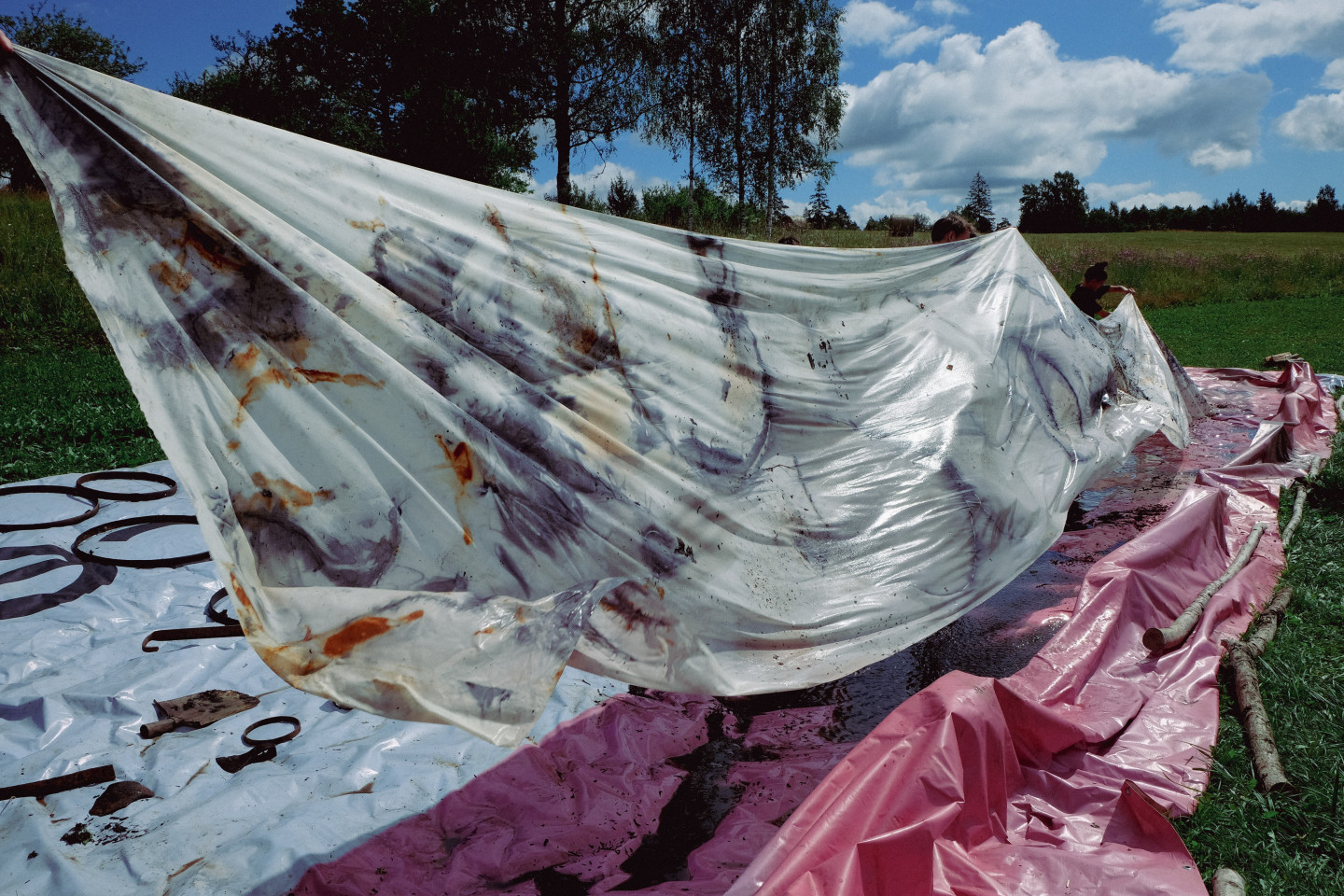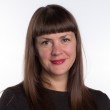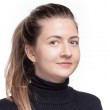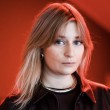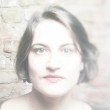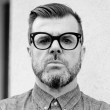Aims of the courses:
Curatorial Studies
To learn the basics of curators' professional activity and the most important professional components of the field. Be able to critically evaluate current art phenomena and formulate them in an argumentative manner. Combine practical professional activity with theoretical knowledge in flexible interdisciplinary learning formats.
History of Exhibitions and Methodology
To provide knowledge about the development of curation and the history of exhibitions from the 20th century. beginning to the present day. To introduce the different methodologies of curation practice.
History of Contemporary Art in the 20th/21st Century Exhibitions I
Learn the history of world contemporary art by analyzing the most important exhibitions of the 20th and 21st centuries. To introduce students to several important exhibitions, which can be viewed outside the discourse of contemporary art, but have influenced and continue to influence the direction of art and are closely related to the politics of the era. Get to know the specifics of a curator's work in a historical perspective.
Narratology
To learn the methodology applicable to the analysis of texts, visual and audio-visual works of art based on a narrative, learning the theoretical principles, and performing practical tasks. The course pays special attention to the analysis and functioning conditions of narrative structures and their corresponding components, as well as narrative techniques.
The Other in Art Discourse: Nation, Gender and Politics in Art
Students are offered an opportunity to analyse the European nationalism discourses linked to art history of the Other. Minority art discourse and issues of belonging and identity will be analysed as well. Special attention will be paid to the history of arts in Eastern Europe linked to minority discourses and cultural nationalism. Music, films and literature will be additional tools to analyse the narrative of nationalism and arts. The aim of the course is to support critical thinking of students and to allow them time and space to analyse texts which critically reflect on minorities and arts politics in contemporary post-colonial discourses.
Image Interpretation
To learn critical theories and relevant methodology, which can be applied to the analysis of visual and audiovisual works of art. The course is designed as a seminar, where the course participants read journal articles and book chapters to discuss them within the working group.
Eastern European Art after World War II
To introduce students to current theoretical debates in the fields of Eastern European and Baltic art history and its analysis. To study art history research in the region in a broader international context. Insight into the analysis of post-socialist cultural contexts and the role of contemporary critical theories in art research processes. Study of texts by leading art researchers in the region and learning new research methods.
Art in Public Space in the 20th/21st Century
The task of the course is to introduce LMA master's students to the diverse manifestations of art in public space, to expand the academic field of vision by presenting and analyzing the diverse contemporary art events in Latvia and the world. The task of the course is not only to inform and describe, but to develop students' critical thinking, the ability to independently analyze and evaluate.
Intellectual Property
To create students' understanding of the subjects and objects of intellectual property rights, the protection of intellectual property objects.
History of Contemporary Art in the 20th/21st Century Exhibitions II
Students get acquainted with the most significant art projects of the 20th and 21st century. By completing the course students have the idea and knowledge about the significant art projects and the general development of art in the 20th and 21st centuries. Students get to know the creativity of internationally significant artists and curators. Students acquire the knowledge about the most visible and important art movements from 1972 till 2023. The students have to learn the organisational structure of most important projects and the context of their creation.
Art and Research
The goal of the course "Art and Research" is to equip first-year master's students with the knowledge and skills that would allow them to implement artistic research, curatorial or art science research in their chosen fields of study, and to prepare students for the final research, research-based practice, or research-based artistic creative work. Within the framework of the course, students are provided with a general overview of the issues related to the relationship between art and research. They are given an in-depth insight into the problem of the genesis of research methods, demarcation criteria, scientific paradigm, and criticism of scientific methods, linking them to changes in the humanities, art, and culture. The problem of research typology and method classification is examined, providing insight into research components. An overview is provided on issues of research ethics and academic integrity. Attention is paid to the use of generative artificial intelligence (AI) tools in the research process, while maintaining academic integrity.
History of Western Aesthetics I, II
To develop students’ ability to navigate the diversity of aesthetic concepts and problems (authors and texts); develop the ability to understand the influence of historical approaches to aesthetics on the present; to provide historically based conceptual tools in solving students’ artistic or theoretical research tasks.
Art Text Laboratory
A practically oriented course that allows students to gain an understanding of qualitative language usage when interpreting visual art. In the lessons, it is planned to critically analyze and discuss already published articles in a historical context, as well as newly created texts in the presence of the author. Creative experiments with texts are planned, exploring the possibilities of the message to reach the desired audience. The course plans to focus on all types and genres of communicative texts – concept presentations of works of art and exhibitions, reviews, criticisms, interviews, reports, problem articles, press releases, communication of art institutions in social networks, etc. The aim of the course is to help students to become aware of the correlation between verbal and visual language, as well as to develop their own writing style and individuality of handwriting.
Gender and Sexuality Studies
Within the course, students are introduced to the most important theoretical insights, debates, and research, both in the context of historical and contemporary theories. The course is based on an interdisciplinary approach oriented towards the use of critical theory in the analysis of cultural and artistic processes in order to provide an understanding of different experiences, how gender and sexuality interact with other social identities, and how they are represented. The course provides knowledge about the central concepts and theories of feminism, gender, and sexuality studies, which will allow students to refer to them with understanding and apply this knowledge in discussions in research works or creative practices. Within the course, students are introduced to the close connection of feminist theory and gender studies with political activism and everyday experience.
Feminism. Body. Affects
Aim of the course:
- to provide an insight into the approaches of feminist theories in creating an understanding of the body and affects;
- introduce the central topics, concepts and authors;
- to encourage the use of newly acquired conceptual tools for the analysis of art history, current art processes and artistic creativity;
- to reveal the points of contact between feminism and other critical theories (such as Marxism, post-colonialism, ecocriticism, new materialism);
- use the acquired knowledge in the context of modern Latvian culture.
The format of the course promotes students’ ability to perceive the read text, analyze arguments, notice their strengths and weaknesses, as well as evaluate their application today. The analysis of the texts is complemented by the lecturer’s comments and insights into the current affairs of the topic.
Management Principles in Creative Industries
The course "Principles of Business Management in the Creative Industries" is an interdisciplinary course. The aim of the course is to introduce the principles of business management applicable to the creative industries (management principles, planning, reporting, marketing and sales, fundraising and project management). This knowledge and skills will enable you to understand the organisation of the creative industries and how these individual components make up the whole of creative industries management.
Contemporary Art and Underground Culture Scene in the Eastern Europe under and after Communism
The course is dedicated to understanding of some important special features of art and culture of the region where Latvia (and the LAA students) belongs to – Eastern Europe. History and interpretation of the culture of the region during Soviet rule is yet to be written but it is important for the aspiring artists, designers, curators and art critics who live and work here understand its speciality and uniqueness in Europe. The course starts from the wide historical and cultural introduction to the subject and then continues with a discussion of on several important cases of contemporary art and underground cultural scene in USSR (Russia, Latvia), Czechoslovakia and Poland. In the middle of the course there will be another wide introduction – this time to the post-Soviet period. Second part of the course will be dedicated to the changes which happened in contemporary art and underground culture of the region after 1991. The course consists of the lectures (recorded and shared online), zoom seminars (each will be dedicated to the discussion of one from the list of the examples of the underground and contemporary culture of the region), individual and collective consultations – and final exam in the form of submitting essays.
Contemporary Art: Imagining the Future(s)
To form conceptual understanding of the uniqueness and diversity of the Eastern European culture, especially modernist and contemporary art after the WWII.
Methodologies of Art History
To give students information about course subjects – the most important methodological doctrines of art history that are interpreted as specific and interactive movements, focussing on the timely important elements of them.




